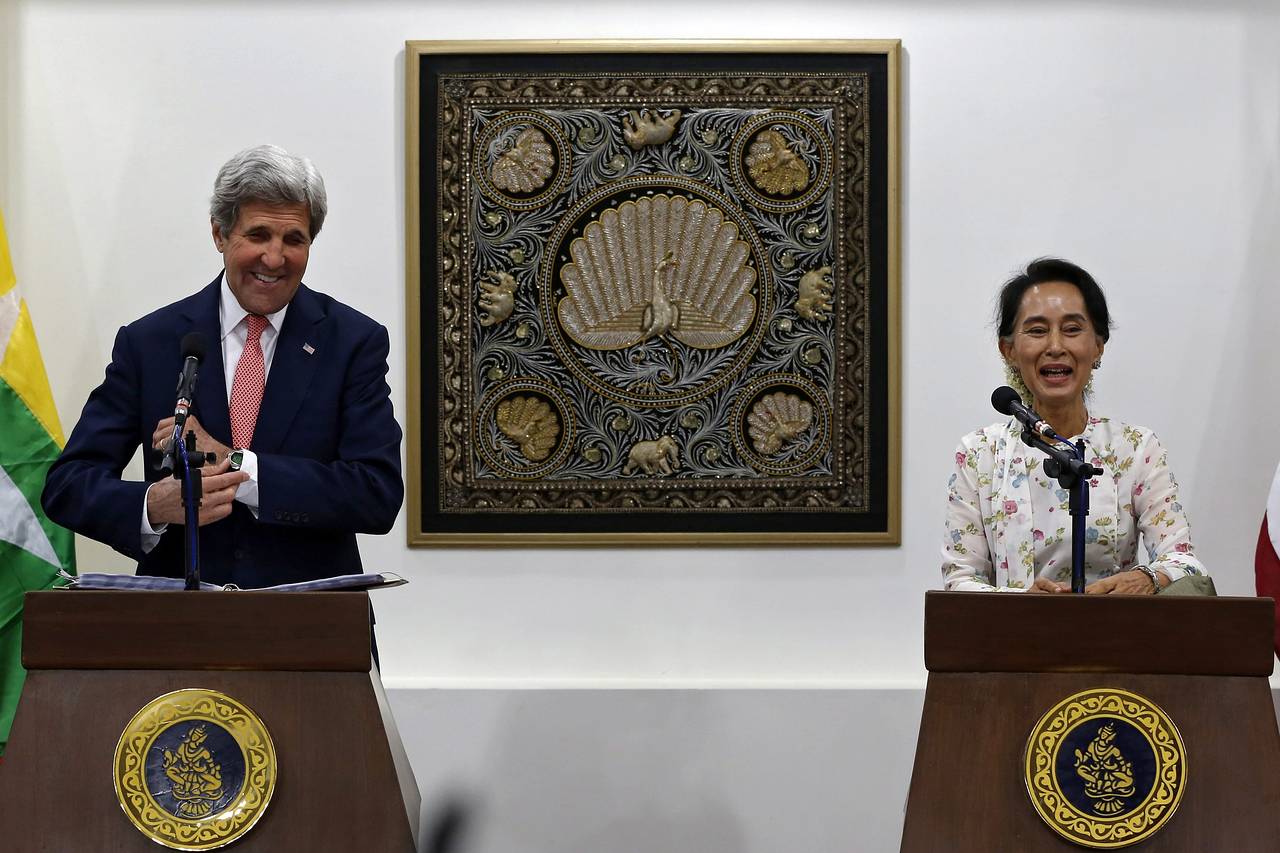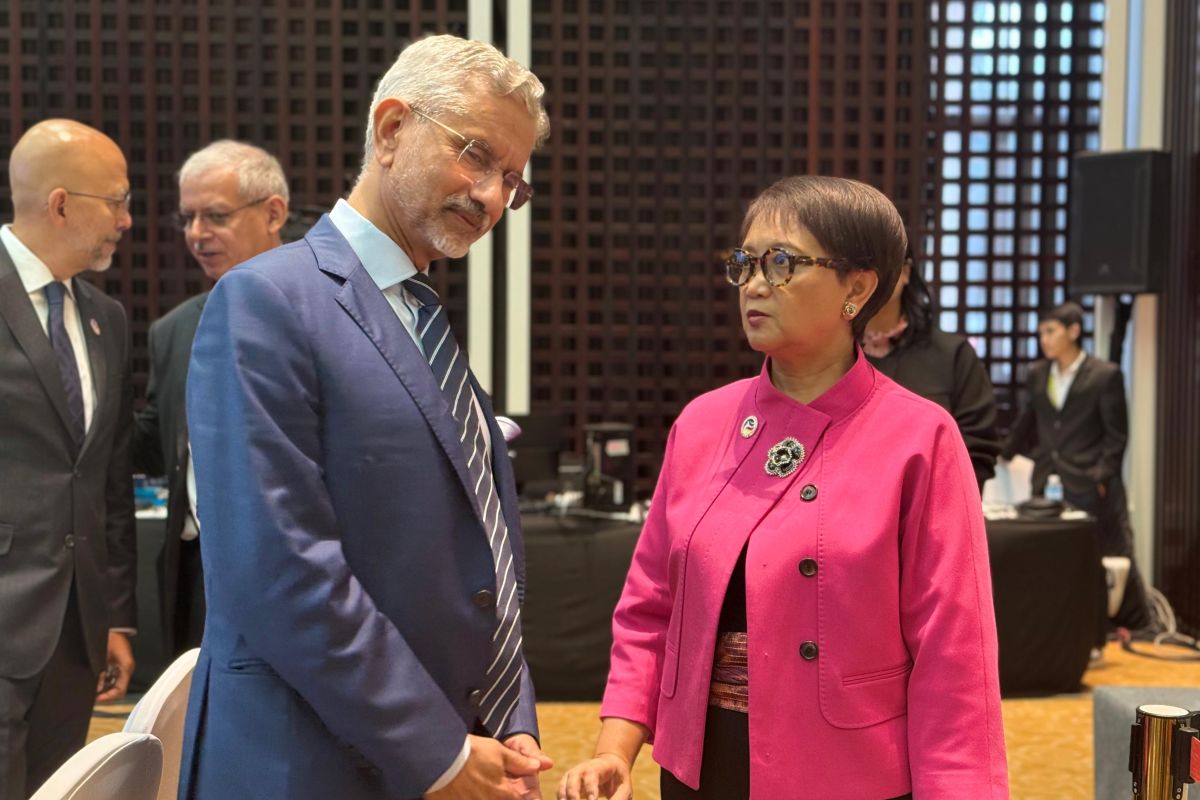Examining The UK And Australia's Approach To Myanmar Sanctions

Table of Contents
UK Sanctions on Myanmar
Types of UK Sanctions
The UK has implemented a multi-pronged approach to sanctions against Myanmar, utilizing several key mechanisms:
- Asset freezes: Targeting the assets of key individuals within the military regime, including senior military officials, their families, and business associates, significantly hindering their financial activities. This is a core component of UK sanctions policy.
- Import bans: Restricting the import of specific goods linked to the military, such as timber and jade, aiming to cut off revenue streams financing the junta’s actions. The UK has focused on goods directly linked to human rights abuses.
- Export controls: Preventing the export of goods that could be used for repression, including security equipment and technology. This strategy aims to limit the junta's capacity for violence.
- Visa restrictions: Denying entry visas to military officials and their associates, effectively isolating them from the international community. This measure is designed to further isolate the regime.
These sanctions are primarily implemented through the UK's sanctions regulations, specifically the Myanmar (Sanctions) Regulations 2021 and subsequent amendments.
Effectiveness of UK Sanctions on Myanmar
Assessing the effectiveness of UK sanctions on Myanmar requires a nuanced approach.
- Economic Impact: While the sanctions have undoubtedly placed pressure on the Myanmar economy, the extent of their impact is debatable. The junta has sought alternative trade routes and financing mechanisms to mitigate the effects.
- Influence on Junta Actions: It’s difficult to directly attribute specific changes in the junta's behaviour solely to UK sanctions. However, the combined pressure from international sanctions likely plays a role in influencing their calculations.
- Limitations and Loopholes: Sanctions regimes often suffer from limitations, including difficulties in enforcement and the potential for circumvention. The complex nature of Myanmar's economy makes tracking financial flows challenging.
- Reported Successes/Failures: While there haven't been spectacular successes, the ongoing application of sanctions maintains pressure and demonstrates the international community's disapproval.
UK Cooperation with International Partners
The UK actively works with international partners to maximize the impact of its Myanmar sanctions.
- EU and other nations: The UK collaborates closely with the EU and other like-minded countries to ensure a coordinated approach to sanctions, preventing loopholes and maximizing pressure. This coordinated approach is essential for effectiveness.
- International forums: The UK participates in international forums, such as the UN Security Council, to advocate for stronger action against the Myanmar junta and to coordinate international responses.
- Bilateral discussions: The UK engages in bilateral discussions with neighboring countries to encourage compliance with sanctions and to prevent the circumvention of restrictions.
Australia's Sanctions on Myanmar
Types of Australian Sanctions
Australia's sanctions against Myanmar mirror those of the UK in many respects, including asset freezes, travel bans, and targeted economic sanctions. However, there may be subtle differences in the specific individuals and entities targeted.
- Targeted Individuals: Australia has focused sanctions on specific members of the military leadership and their business networks.
- Scope and Breadth: While generally aligned with the UK, the scope and breadth of Australian sanctions might have slight variations based on their assessment of the situation and their national interests.
Effectiveness of Australian Sanctions on Myanmar
Assessing the effectiveness of Australian sanctions requires consideration of Australia's unique geopolitical context.
- Impact Assessment: Similar to the UK, measuring the direct impact of Australian sanctions is challenging.
- Geopolitical Context: Australia's regional engagement and relationships with Southeast Asian nations influence the effectiveness of its sanctions.
- Challenges and Successes: Australia faces similar challenges in enforcement and circumvention, requiring ongoing refinement of its strategies.
Australia's Regional Engagement and Sanctions
Australia’s approach considers its regional relationships and diplomacy.
- ASEAN Engagement: Australia engages with ASEAN (Association of Southeast Asian Nations) and other regional actors, seeking to coordinate a regional response to the crisis.
- Regional Foreign Policy: Sanctions are a component of Australia's broader foreign policy in Southeast Asia.
- Synergies and Conflicts: Australia carefully balances the use of sanctions with diplomatic initiatives, striving for synergies while managing potential conflicts between these approaches.
Comparing the UK and Australian Approaches
Similarities and Differences in Sanctions Strategies
Both the UK and Australia employ similar types of sanctions against Myanmar.
- Types of Sanctions: Both countries utilize asset freezes, travel bans, and targeted economic sanctions.
- Legal Frameworks: Both countries rely on domestic legislation to implement their sanctions regimes.
- Differing Priorities: While broadly similar, there might be slight differences in the prioritization of targets and the enforcement mechanisms used.
Effectiveness and Impact: A Comparative Analysis
A comparative analysis highlights both similarities and differences in the effectiveness of the sanctions regimes.
- Overall Impact: While both have contributed to international pressure, the overall impact is hard to quantify precisely.
- Relative Strengths and Weaknesses: Each nation's approach has its strengths and weaknesses based on their resources, geopolitical context and enforcement capabilities.
- Potential Improvements: Continuous refinement and international cooperation are crucial for improving the effectiveness of future sanctions.
Conclusion
Both the UK and Australia have implemented comprehensive sanctions against the Myanmar military junta, employing similar strategies but with some nuanced differences. While assessing the precise effectiveness of these Myanmar sanctions remains challenging, the combined international pressure undoubtedly plays a role in shaping the junta's actions. Further research is needed to fully understand the long-term impact. Ongoing monitoring and international cooperation are crucial for promoting accountability and achieving a peaceful resolution to the crisis in Myanmar. Further analysis of the UK and Australia's approach to Myanmar sanctions will help inform future policies designed to address similar situations globally. Continue exploring the topic of Myanmar sanctions to better understand the complex interplay between international pressure and conflict resolution.

Featured Posts
-
 Scarlett Johanssons Future As Black Widow Mcu Return Speculation
May 13, 2025
Scarlett Johanssons Future As Black Widow Mcu Return Speculation
May 13, 2025 -
 Strengthening Ties An India Myanmar Food Festival
May 13, 2025
Strengthening Ties An India Myanmar Food Festival
May 13, 2025 -
 Cassie Ventura And Alex Fines First Red Carpet Appearance As Expectant Parents
May 13, 2025
Cassie Ventura And Alex Fines First Red Carpet Appearance As Expectant Parents
May 13, 2025 -
 Watch The Texas Rangers Vs Boston Red Sox Mlb Game Online Free
May 13, 2025
Watch The Texas Rangers Vs Boston Red Sox Mlb Game Online Free
May 13, 2025 -
 Navi Mumbai Heatwave Nmmcs Aala Unhala Niyam Pala Campaign Offers Crucial Advice
May 13, 2025
Navi Mumbai Heatwave Nmmcs Aala Unhala Niyam Pala Campaign Offers Crucial Advice
May 13, 2025
